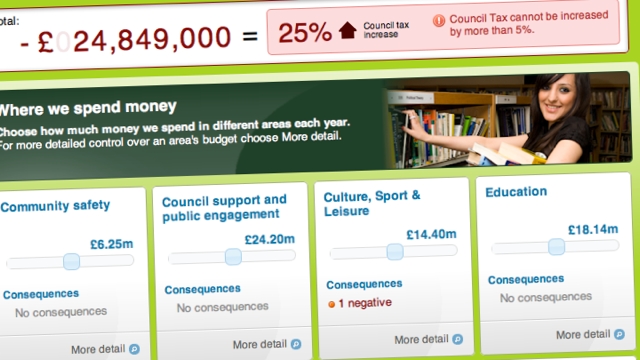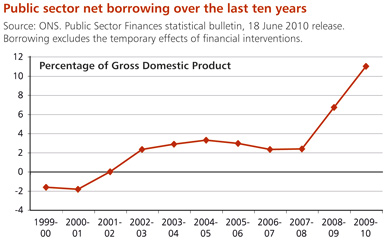Lambeth police, never worried about doing things differently, seem to be bucking the usual pattern that policing follows. An article in the Streatham Guardian details their plans to move more police into neighbourhood policing.
Traditionally the police have had a cyclical approach to policing alternating between a response and a neighbourhood focus. To give a simplistic explanation:
If you start with ‘response’ policing, then dedicated police officers concentrate on responding to calls – so when you see the police they are probably on their way to, from or at a 999 call. However, the public begin to complain. They never see the police on the beat. They have no way of communicating with them unless in emergencies. They want Dixon of Dock Green policing where they knew their local bobby and their local bobby knew them. Public confidence falls.
So the police adopt ‘neighbourhood’ policing. They have officers dedicated to specific beats. They are tasked not just to uphold law and order, but to engage with their communities and respond to their concerns. But that means resource that could be dedicated to response is re-directed. Average response times will fall because there are a fewer dedicated response officers. For calls categorised as a low-priority, where, for example there’s no human harm and little prospect of catching anyone it means the victim just has to wait at the back of the queue until someone can see them. The public begin to complain. They can’t get a prompt response. They shouldn’t have to wait hours for the police to see them and take evidence. Public confidence falls.
So the police…
You get the idea. This cycle has repeated a few times, most recently with Safer Neighbourhood Teams (SNTs) – a model started in London and now replicated across the country – but, frankly, probably overdue for a reversion back to response policing.
So I am amazed that a further expansion of neighbourhood policing is being considered in Lambeth.
A radical overhaul of policing in Lambeth is planned, in what the borough’s top cop has billed as “probably the most significant change to the service in years”.
Scores of officers are set to be transferred into neighbourhood policing, as borough commander Chief Superintendent Nick Ephgrave oversees a pilot scheme that could form the model for policing across London.
Two thirds of officers who make up the borough’s emergency response teams are instead set to join “neighbourhood teams” to bolster community policing.
This runs counter to what I think seems to be the prevailing wisdom with the police everywhere: given the huge financial constraints they need to focus on their ‘core’ business, and that means moving resource from neighbourhood policing to response teams.
To a degree I have sympathy with that view. At the core of the SNT policing model is that every team is generally the same size (one sergeant, two constables, three support officers), and that each local government ward has a team. But, of course, not every area has the same problems, and those problems don’t often respect ward boundaries.
The public might be satisfied by it, but is it really a valuable use of police officers to have one team of six dedicated to dealing with cycling on the pavement while another team of six has to deal with drug dealing and anti-social behaviour from youths associated with it?
But I think the crucial element we mustn’t lose is the public accountability and interface. It might not be working perfectly, but it’s vital that residents have a way of influencing policing in their area. That, in part, is behind my passion for public and open data – so they can play an informed role and set intelligent priorities. One thing I that I think is proven by the Redbridge YouChoose consultation is that people, given the information, are capable of understanding and making difficult decisions, even if they do not necessarily like them – and that might mean tolerating pavement cyclists.
However, that’s where the Lambeth proposal seems to fall down:
If the pilot is approved by the Metropolitan Police it will cover policing responsibilities set by the inspectors that lead them, as opposed to resident-led SNT panels.
It might just be that these are locally based response teams. The crucial factor will be what priorities the inspectors set. If those priorities are to back up the SNTs, but to concentrate on the major problems (and not the miscreant cyclists) it could be an incredibly exciting experiment, both for residents and policing. With police resources flexibily allocated, allowing them to respond when necessary but using free time to address the most pressing resident concerns it might just provide the best of both worlds and end the response/neighbourhood cycle.
It will be interesting to see how it all works in practice.



 Local democracy returned to its Wandsworth home last night with the full council taking place for the first time in over a year in the council chamber.
Local democracy returned to its Wandsworth home last night with the full council taking place for the first time in over a year in the council chamber.